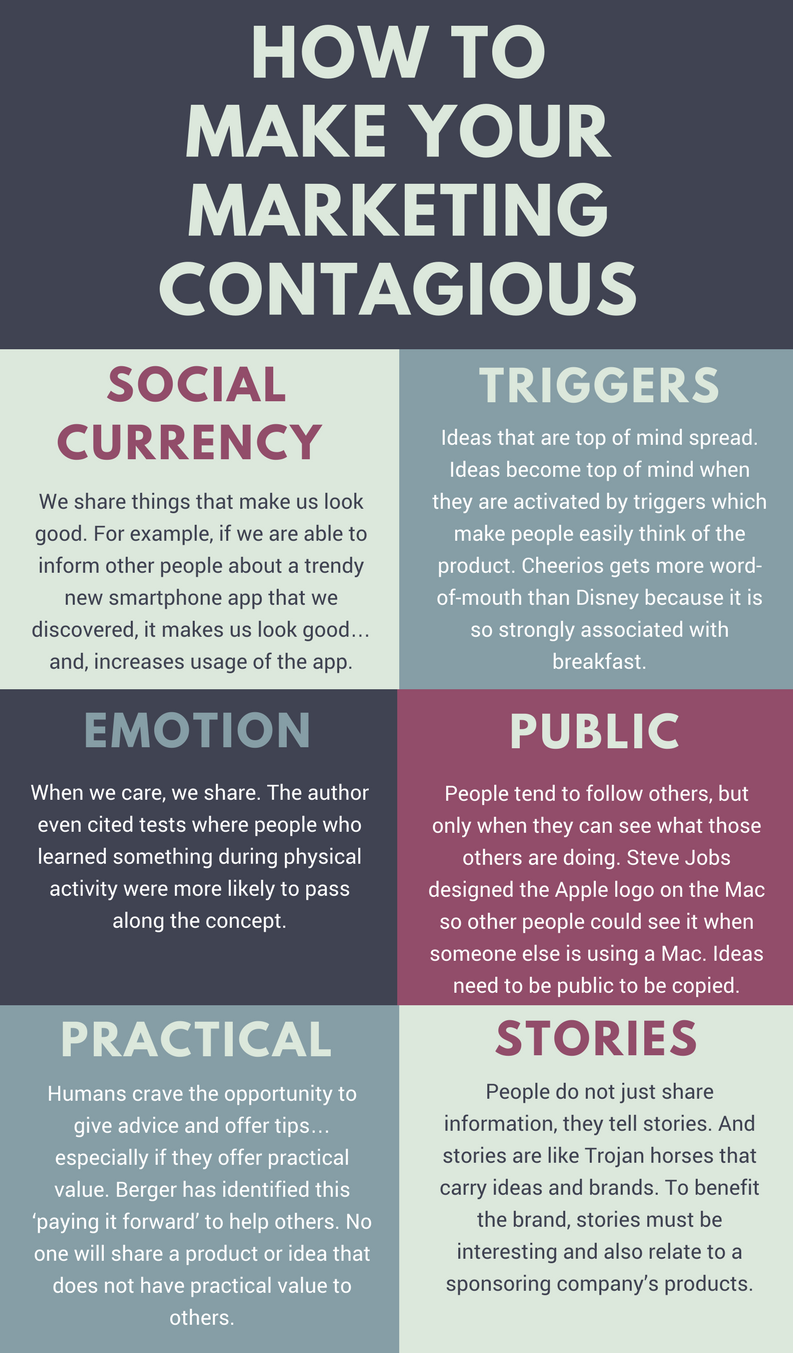A HubSpot survey highlighted that 75% of marketers using generative AI produce more content, and 80% see improved quality… what does the future hold?
It's not about features and benefits – it's about the story.
PR and the power of a story...
I just read with interest the article that Meg O'Leary wrote on PRNewsOnce Upon a Time There Lived a Plot: The Importance of Storytelling. I've long been an advocate of storytelling in marketing and public relations. It just makes so much sense.
It's worth understanding why storytelling works. It's in-build into our DNA. We grow up listening to stories and frankly they are a darn sight more interesting than 90% of PR copy-writing out there.
A good story is one that touches people in some way. As PR professionals (storytellers), our mission is to involve the audience, make them interact with us and the story, even if it is just in their thoughts or core. A really good story has a sense of truth and resonates with some basic universal aspects of being human.
But it does more than that. We have stories because they:
- Build credibility
- Unleash Emotion
- Permission to Explore
- Influence Group-Thinking
- Create Heroes
- Vocabulary of Change
- Order out of Chaos
There is a simple way to look at good stories. Back in my youth I was involved in a movie production company and was asked to read my fair share of movie scripts. It very quickly became apparent that stories fell into one of two camps - 'usual people in unusual situations', or 'unusual people in usual situations'. Think about it. Think about your favorite book. Think about the last movie you went to see.
I believe there are six tips to think about when creating a story for PR purposes:
- Know your audience
- Keep it simple
- Stay fresh
- Be honest
- Demonstrate credibility
- Spark interest
There are also eight elements that in essence make a good story, the:
- protagonist
- antagonist
- inciting incident
- call to action
- dreadful alternative
- conflict
- quest or progression
- other characters
- transformation
- moral
You also could look at it another way - the 'wow' factor. Forbes had a great article about this written by Brett Nelson in July.
Lastly, thanks to Professor Brian Sturm from UNC Chapel Hill whom in 2007 had the foresight to record one of his lectures. There is a lot of value in the 45 minutes, and the first 8 minutes are fabulous.
Video: https://www.youtube.com/watch?v=UFC-URW6wkU
Why not write a story today?

